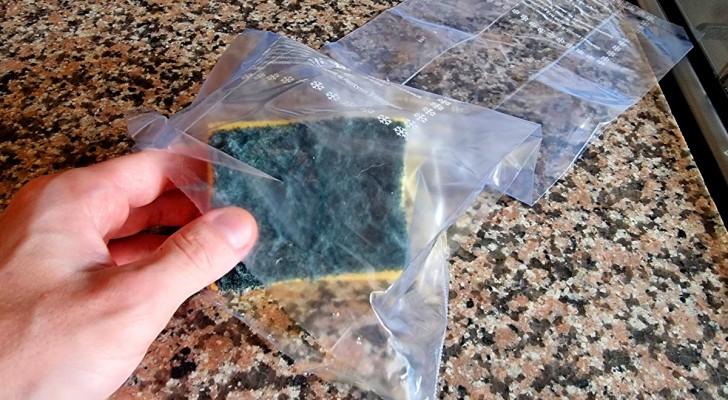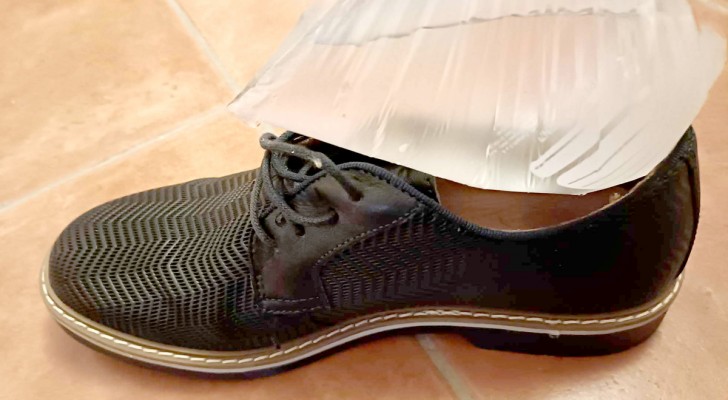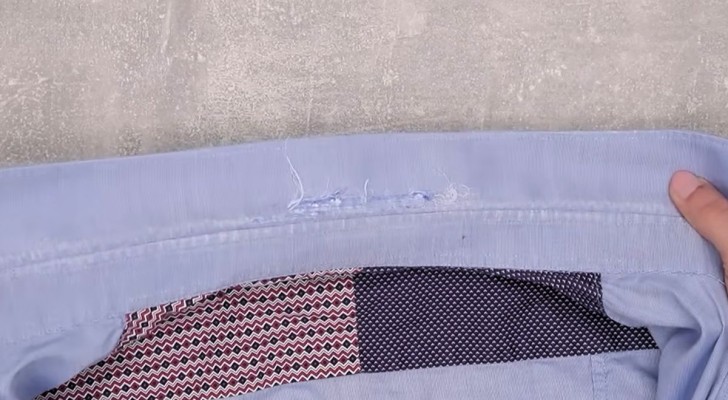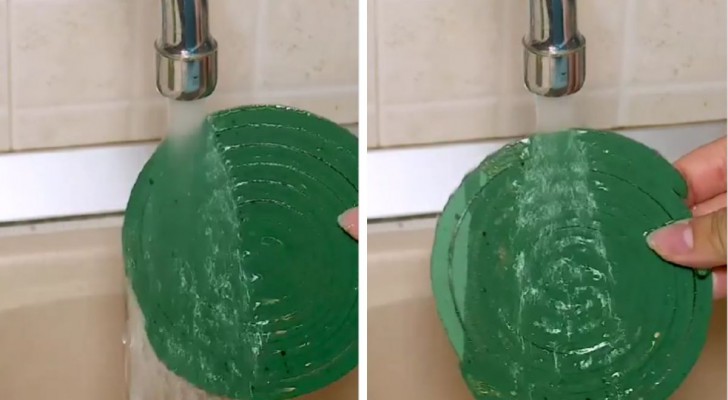Dirty, dusty light fittings? Find out how to clean them in the best way
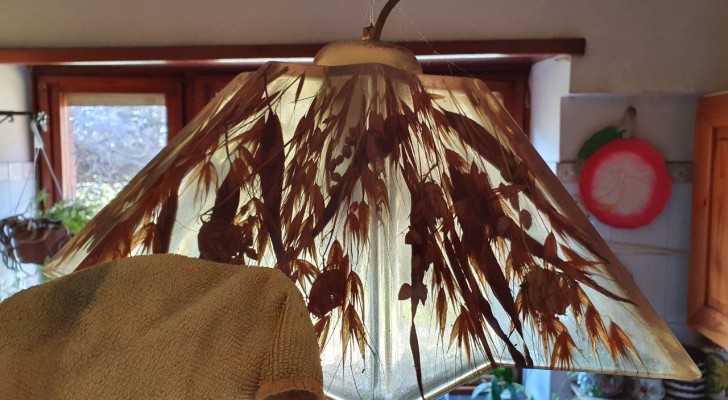
In any room of the house, artificial lighting is a fundamental component: not only on an aesthetic level, but also to make any environment really attractive and pleasant. To this end, chandeliers, spotlights and lamps of all kinds are really indispensable.
Of all the lighting fixtures we can use, chandelier-style light fittings are the most annoying to clean. Unless they hang so far down from the ceiling that they can be easily reached with a ladder, you always have to struggle a bit to get to all areas of lampshades (or to change the bulbs), but cleaning them is something that is recommended that we do at least once per year to keep the fitting in the best possible condition.
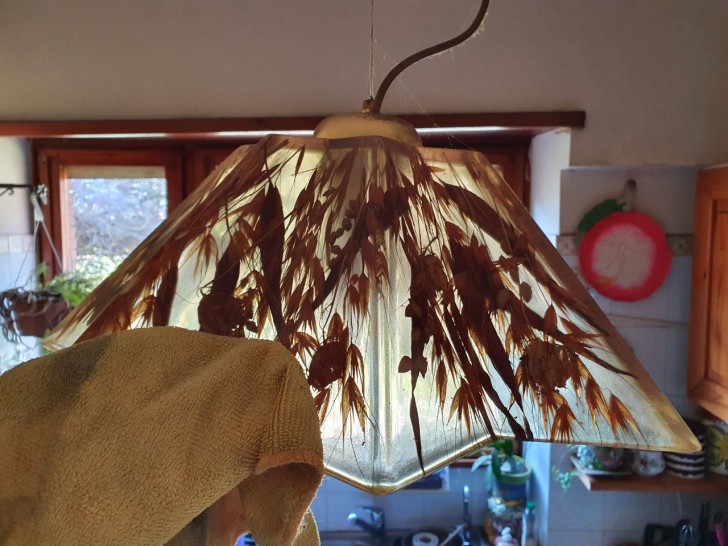
Creativo
- The first thing to make sure of every time you have to deal with cleaning a light fitting is to have a ladder / stepladder that is very stable and robust, because your safety comes first.
- The second thing you should never forget is to work on these devices only when they have been turned off and left to cool down for a while, in order to avoid getting burned by the light bulb or getting an electrical shock (turn off at the mains to be absolutely sure).
- Before starting to clean, have everything you need ready and handy: if you have to disassemble parts of the light fitting, or if you have to use different tools to clean it, it is better to have them to hand so you do not to have to go up and down, and move the ladder around a dozen times. Using a toolbelt will be handy here.
When ready, remove the lampshade, if necessary. And in this case, prepare a towel or other piece of cloth to place it safely on the ground if it is made of fragile materials (like crystals).
Depending on the material the chandelier is made of, you can use different cleaning methods. Generally, they are provided by the manufacturer’s instructions, but there are also general guidelines that you can refer to:
- Glass or porcelain / ceramic: use a dusting cloth and remove the bulk of the dirt and dust. If necessary, moisten another clean cloth to remove the most stubborn dirt, always being very careful not to touch any part housing electrical wiring with water. Better still, if you can remove the glass parts and wash them separately. In this case, you can use water and a drop of dish washing soap, or even a little vinegar.
- Plastic: the instruction are similar to the above, but it is always advisable to use water only if strictly necessary and it is better to avoid using vinegar completely.
- Crystal chandeliers: if you don't need to dismantle the chandelier, clean the fitting with a can of compressed air. Otherwise, there are specific products for the various types of chandeliers.
- Metal: a cloth for dusting metal light fittings is generally more than enough. Alternatively, specific products for metal cleaning can be used, but always in small quantities and applied directly onto a cleaning cloth rather onto the surface of the light fitting itself.
- Paper or fabric: here too, compressed air can is very useful for removing dirt and dust. Sometimes, in the manufacturer’s instructions there are details of methods by which they can be cleaned using some types of detergents or other similar products.
- Wood: again, compressed air is to start, and then products (even DIY ones you can make) that you use on wooden furniture routinely will be fine. Always remember to put these products on the cleaning cloths in small quantities, and without pouring or spraying them directly onto the wood.
Always let everything dry to thoroughly before reassembling the various pieces of the light fittings.

